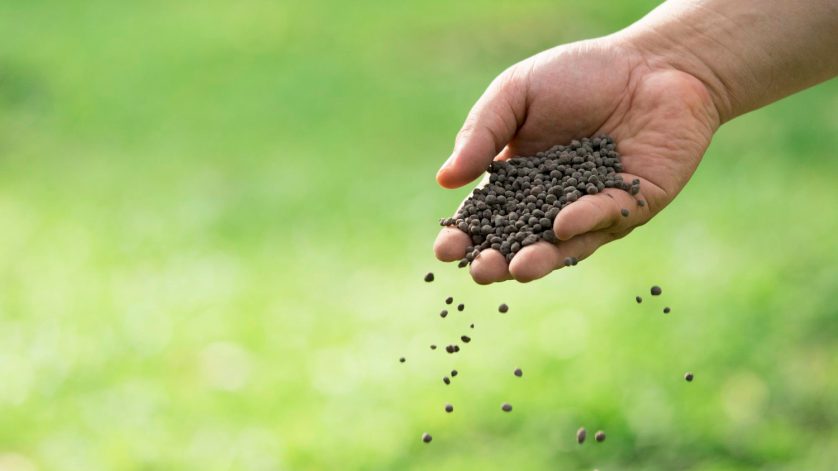Introduction
To maximize the benefits of Vigore, powered by Neurospora crassa, it’s essential to understand and apply it effectively. While its formulation is designed for ease of use, a few best practices can significantly enhance its impact on soil health, crop resilience, and productivity. In this blog, we’ll provide actionable guidelines to ensure you get the most out of Vigore for your crops.
1. Timing of Application
The timing of Vigore application plays a crucial role in its effectiveness.
Key Stages for Application:
- Before Sowing: Mix Vigore into the soil to prepare a nutrient-rich bed for seeds.
- During Early Growth: Apply during the germination stage to boost root development and microbial activity.
- At Flowering Stage: Reinforce soil health to support nutrient-intensive phases like flowering and fruiting.
Tip: For seasonal crops, apply Vigore at least 10–15 days before sowing for best results.
2. Application Methods
Vigore offers flexibility in its application methods, allowing farmers to integrate it seamlessly into their practices.
- Soil Amendment: Mix Vigore evenly into the soil during land preparation.
- Seed Treatment: Coat seeds with Vigore before planting.
- Foliar Spray: Use a diluted Vigore solution to spray directly onto leaves.
3. Dosage Recommendations
Proper dosing ensures the soil ecosystem benefits without overloading it.
- Cereal Crops: 5–10 kg per acre during soil preparation.
- Vegetables and Fruits: 3–5 kg per acre as a soil amendment and 1% solution for foliar spray.
- Perennial Crops: 10–15 kg per acre annually, applied around the root zones.
Tip: Always refer to the product label or consult an expert for crop-specific recommendations.
4. Combining Vigore with Other Practices
While Vigore is powerful on its own, its effects are amplified when combined with complementary practices.
- Organic Fertilizers: Pair Vigore with compost or manure to enhance nutrient cycling.
- Crop Rotation: Use Vigore during rotations to restore soil health and prevent nutrient depletion.
- Drip Irrigation: Combine with drip irrigation for precise and efficient application.
5. Environmental Considerations
To ensure sustainable use, pay attention to environmental factors that can impact Vigore’s effectiveness.
- Soil Moisture: Ensure the soil is adequately moist before application to activate microbial activity.
- Temperature: Apply Vigore during cooler parts of the day (early morning or late evening) to protect microbial activity from heat stress.
- Storage: Store Vigore in a cool, dry place to preserve its potency and shelf life.
6. Monitoring and Adjusting
Every farm is unique, so regular monitoring helps tailor Vigore’s use to your specific needs.
- Observe Soil and Plants: Look for signs of improved soil structure, root health, and plant vigor.
- Adjust as Needed: Increase dosage slightly if crops show signs of nutrient deficiency.
Case Study: Vigore in Action
Crop: Tomatoes in Maharashtra
Application: 5 kg of Vigore applied to the soil pre-sowing and a 1% foliar spray at flowering.
Outcome: Increased plant height, reduced blossom drop, and a 20% improvement in yield.
Why Best Practices Matter
By following these best practices, farmers can unlock the full potential of Vigore, ensuring consistent results across different crops and conditions. Proper application not only maximizes yield but also contributes to long-term soil health, making Vigore an indispensable part of sustainable farming.
Related: What is Neurospora crassa and Its Role in Agriculture?
Related: Neurospora crassa – A Key Microorganism for Sustainable Agriculture
Conclusion
Effective use of Vigore, powered by Neurospora crassa, is a step toward healthier soil, more resilient crops, and higher productivity. With these best practices, farmers can achieve optimal results while fostering a sustainable approach to agriculture.
